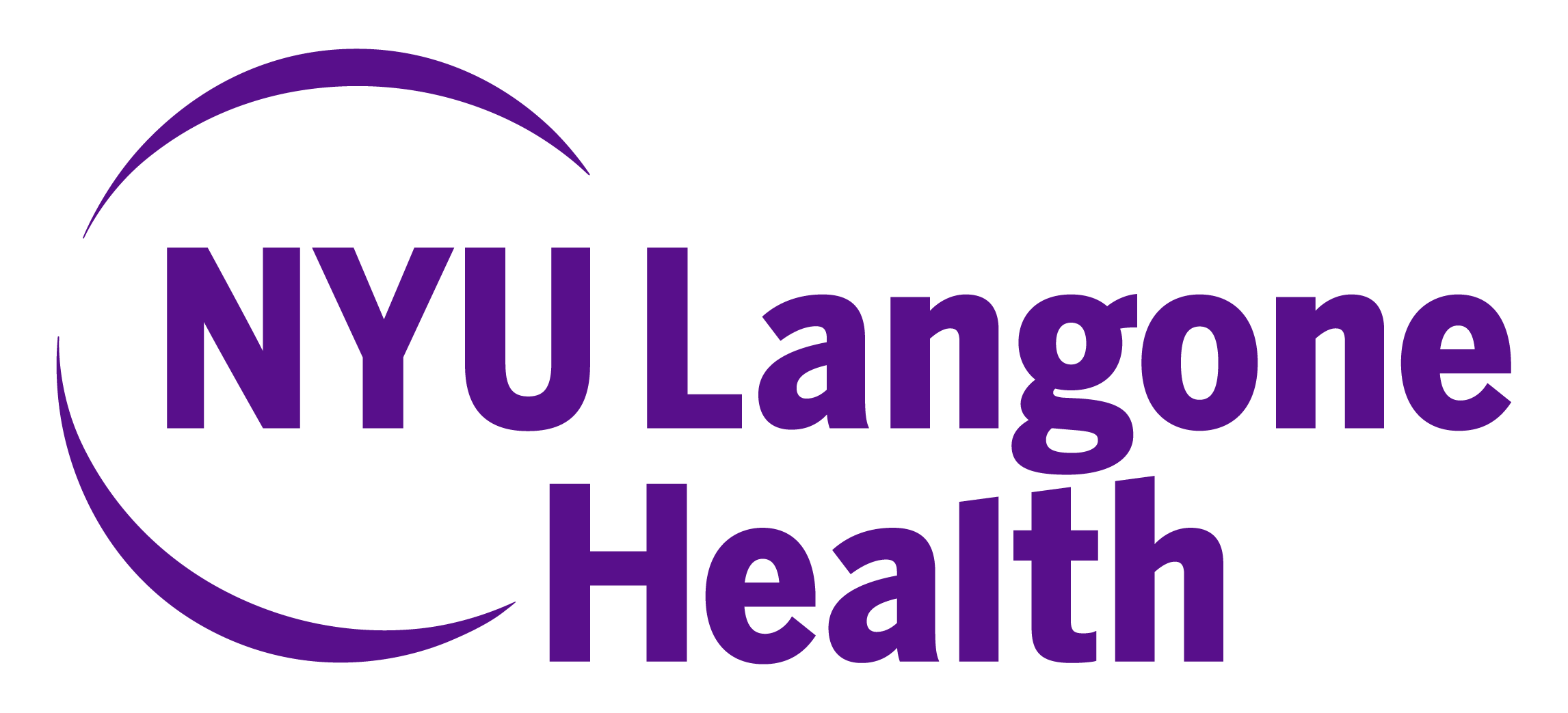- Advertise
- About OncLive
- Editorial Board
- MJH Life Sciences brands
- Contact Us
- Privacy
- Terms & Conditions
- Do Not Sell My Information
2 Clarke Drive
Suite 100
Cranbury, NJ 08512
© 2025 MJH Life Sciences™ and OncLive - Clinical Oncology News, Cancer Expert Insights. All rights reserved.
Dr Sabari on the FDA Approval of Frontline Amivantamab Plus Chemo in EGFR Exon 20 Insertion+ NSCLC
Joshua K. Sabari, MD, discusses the FDA approval of frontline amivantamab plus chemotherapy for NSCLC harboring EGFR exon 20 insertion mutations.
Joshua K. Sabari, MD, assistant professor, Department of Medicine, New York University Grossman School of Medicine, discusses the significance of the FDA approval of frontline amivantamab-vmjw (Rybrevant) plus chemotherapy for patients with non–small cell lung cancer (NSCLC) harboring EGFR exon 20 insertion mutations.
On March 1, 2024, the FDA approved amivantamab plus chemotherapy for the treatment of patients with previously untreated, EGFR exon 20 insertion mutation–positive NSCLC. This regulatory decision was supported by findings from the phase 3 PAPILLON trial (NCT04538664), in which the median progression-free survival (PFS) was 11.4 months (95% CI, 9.8-13.7) with the combination vs 6.7 months (95% CI, 5.6-7.3) with chemotherapy alone (HR, 0.40; 95% CI, 0.30-0.53; P < .0001).
Unlike EGFR exon 19 deletions and L858R mutations, EGFR exon 20 insertion mutations are rare in NSCLC, and patients with these mutations lack a wealth of treatment options, Sabari says. In 2021, the FDA granted accelerated approval to amivantamab in the second-line setting for patients with EGFR exon 20–mutated NSCLC. In the pivotal phase 1 CHRYSALIS trial (NCT02609776), the agent elicited an overall response rate (ORR) of 40% (95% CI, 29%-51%), a median PFS of 8.3 months (95% CI, 6.5-10.9), and a median overall survival of 22.8 months (95% CI, 14.6 months-not yet reached).
The FDA also approved mobocertinib (Exkivity) for the second-line treatment of patients with EGFR exon 20 insertion mutation–positive disease in 2021. In the pivotal phase 1/2 trial (NCT02716116), treatment with mobocertinib produced an ORR of 28% (95% CI, 20%-37%) and a median PFS of 7.3 months (95% CI, 5.5-9.2).
Moving effective agents into the frontline setting is an important next step in this treatment paradigm, Sabari explains. The phase 3 EXCLAIM-2 trial (NCT04129502) investigated mobocertinib vs chemotherapy in the frontline setting in patients with disease harboring EGFR exon 20 insertion mutations. However, in this trial, mobocertinib did not significantly improve PFS compared with chemotherapy. Accordingly, plans to voluntarily withdraw mobocertinib for this indication in the United States were announced by the drug’s developer.
Conversely, findings with amivantamab plus chemotherapy in the PAPILLON trial were practice changing, Sabari notes. This combination is the first targeted treatment strategy approved for patients with NSCLC harboring EGFR exon 20 insertion mutations and may prompt the development of other novel agents and combination regimens for patients with this rare disease subset, Sabari concludes.


